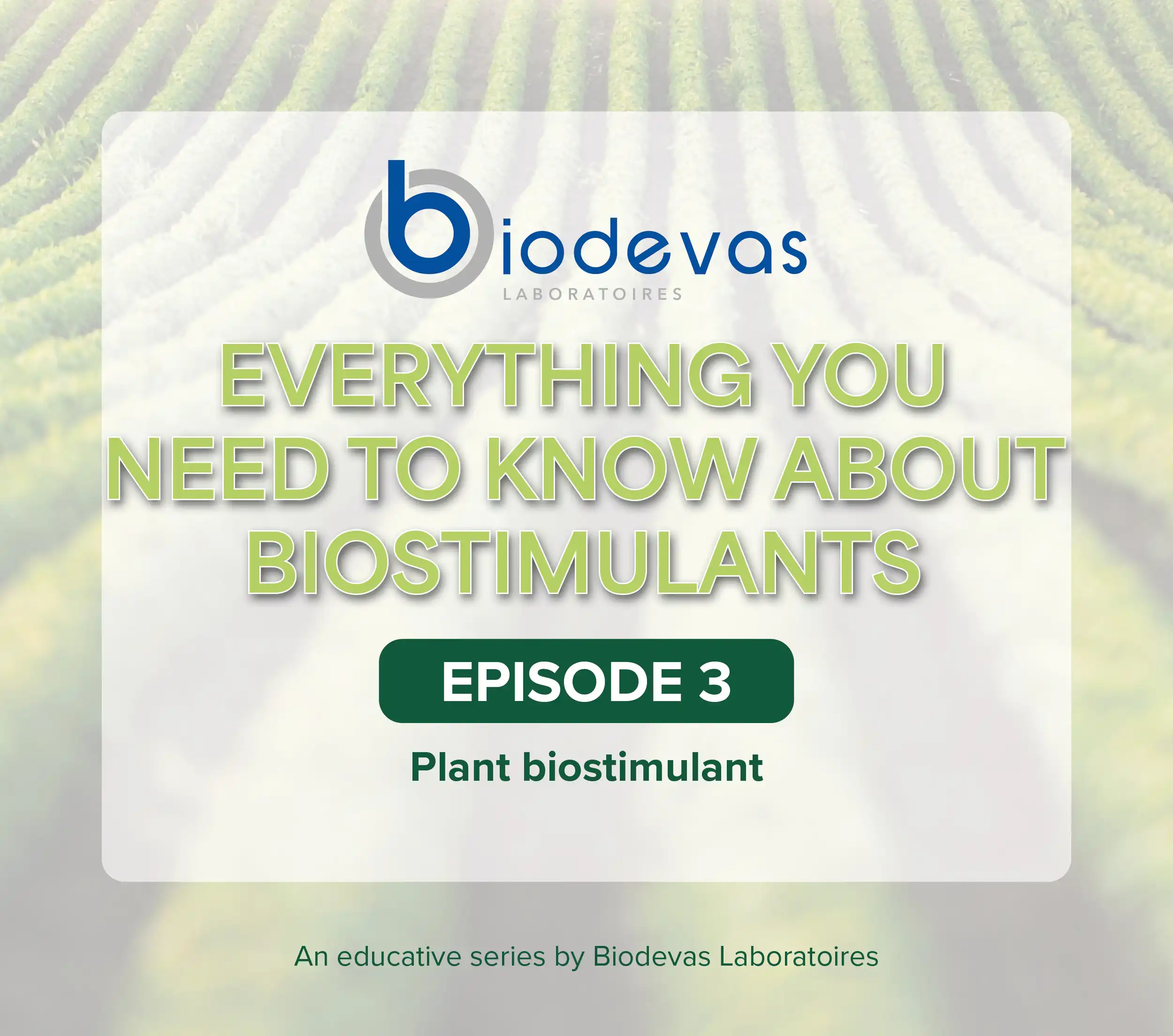Plant biostimulants
Introduction
In today’s demanding agricultural landscape—where performance must be balanced with sustainability and adaptation to climate challenges—plant-based biostimulants are emerging as an innovative and promising solution.

Derived from complex plant extracts, these natural products support crops throughout their development. They stimulate growth, enhance vitality, and help stabilize yields under abiotic stress.
Their appeal now extends well beyond organic farming. Many conventional growers are integrating them into their crop management strategies, drawn by their proven efficacy, safety, and compatibility with more sustainable practices. This trend is further reinforced by the European regulatory framework, which officially recognizes the functional role of plant extracts within the biostimulant category (EU Regulation 2019/1009).
But what makes these products unique? Why are plant-derived compounds so effective? And what tangible benefits can farmers expect in the field?
What are plant-based biostimulants ?

Plant-based biostimulants are derived from extracts of whole plants or specific parts (leaves, roots, stems), obtained through gentle extraction processes such as aqueous, enzymatic, or thermal methods. These extracts are rich in bioactive compounds—oligosaccharides, polyphenols, amino acids, organic acids, and natural phytohormones—that influence plant physiology without directly supplying nutrients.
Rather than acting as fertilizers, they function as biological activators, enhancing the plant’s natural adaptive capacities and strengthening its ability to cope with environmental constraints.
What plant active ingredients are used, and how do they work?
Plant-based biostimulants owe their effectiveness to a wide variety of bioactive compounds naturally present in plant tissues. Depending on the extraction method (enzymatic, aqueous, acid, or thermal hydrolysis), different molecules can be isolated—each with specific effects on plant physiology:
1. Oligosaccharides – natural defense elicitors
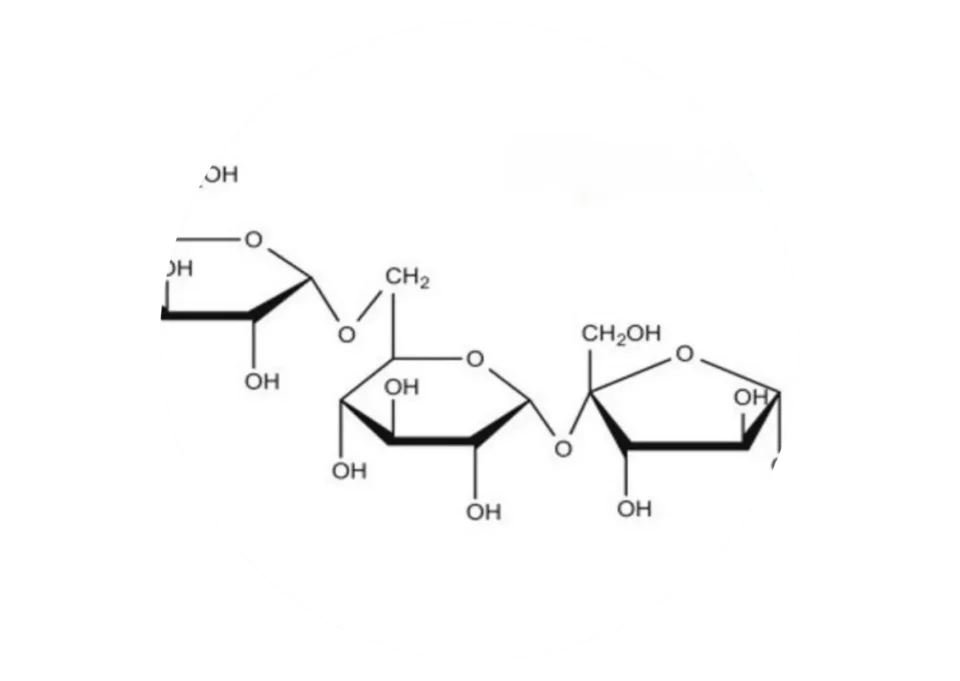
Compounds such as heptamaloxyloglucan trigger plant defense pathways by stimulating the production of reactive oxygen species (ROS), antioxidant enzymes (SOD, catalase), and phytoalexins. This “physiological alert state” increases tolerance to drought, temperature extremes, and even certain biotic stresses (Klarzynski et al., 2000).
2. Polyphenols – antioxidants against oxidative stress
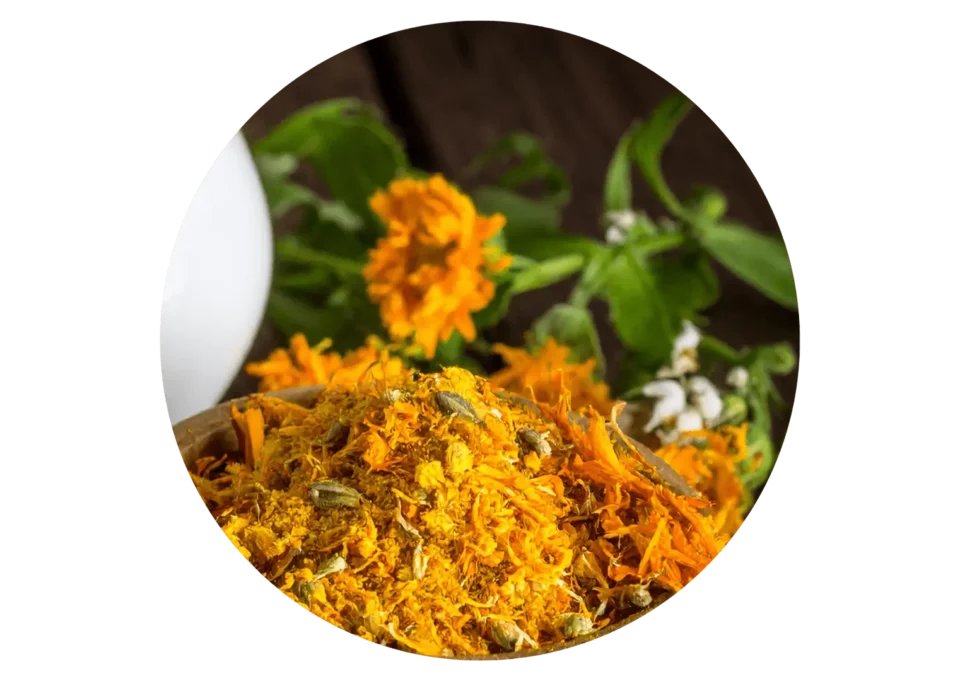
Flavonoid and catechin rich extracts act as powerful antioxidants, neutralizing free radicals and reducing oxidative stress. They stabilize membranes and proteins, preserve photosynthetic activity, and extend cell viability (Ali et al., 2020).
3. Free amino acids – metabolic support and osmoregulation
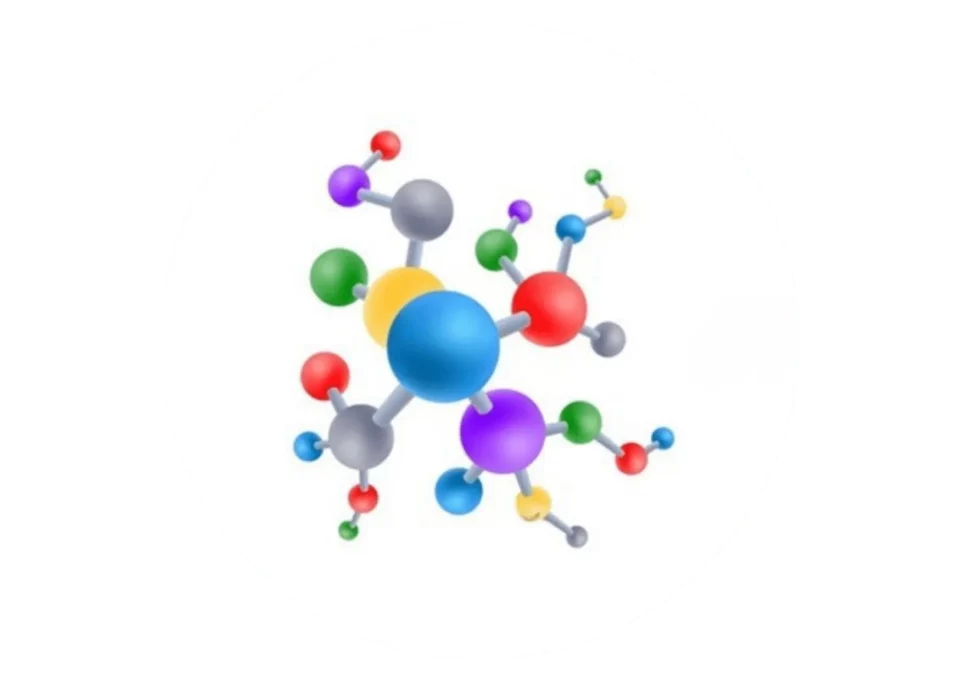
Protein hydrolysates release amino acids such as proline, arginine, glycine, and glutamate. These compounds are involved in stress protein synthesis, stomatal regulation, and osmotic adjustment, helping plants recover after transplantation or abiotic stress events (Colla et al., 2017).
4. Salicylic acid – hormonal modulation under stress
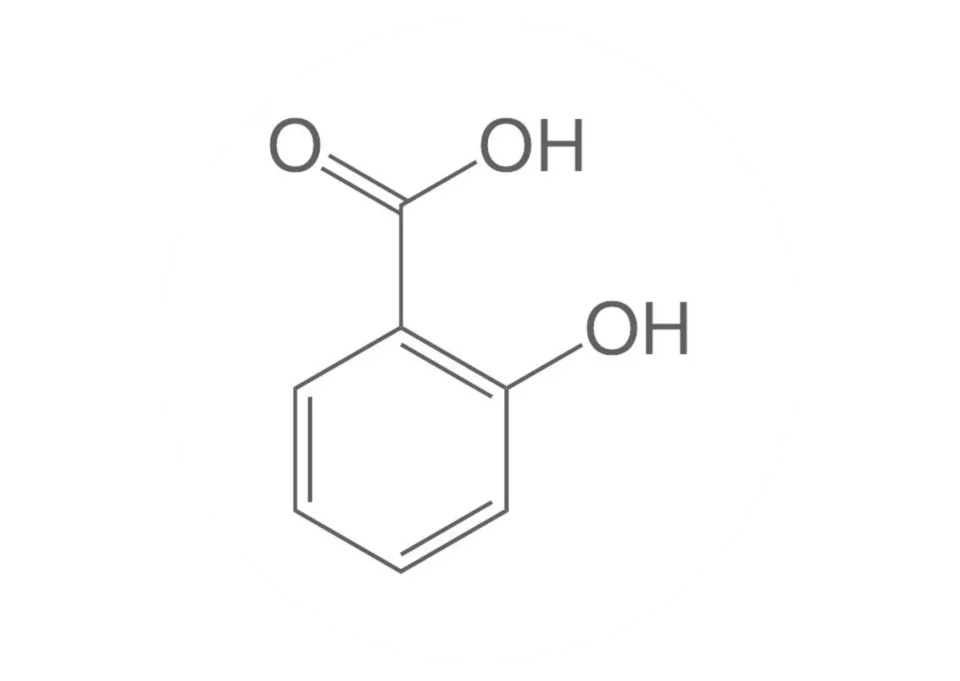
Naturally present in white willow, salicylic acid fine-tunes hormonal responses to heat and water stress. Acting synergistically with abscisic acid (ABA) and jasmonates stimulates defense gene expression and strengthens stress tolerance (Hayat et al., 2010).
5. Brassinosteroids – regulators of growth and resilience
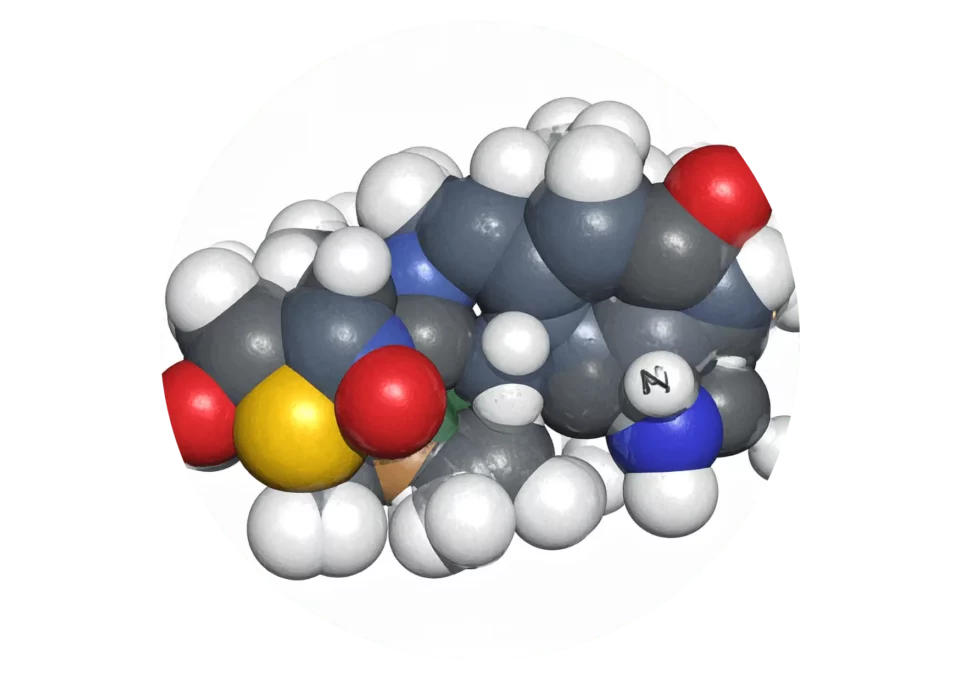
Natural plant hormones such as 24-epibrassinolide promote cell division, enhance salt stress tolerance, and boost photosynthetic efficiency. By interacting with auxin and ABA pathways, they help sustain vegetative development even under unfavorable conditions (Bajguz, 2011).
A systemic and complementary mode of action
The strength of plant-based biostimulants lies in the synergy of their effects. Instead of acting on a single pathway, they operate simultaneously at several levels of plant physiology:
- Stimulation of root and shoot growth – certain extracts enhance cell elongation and tissue division, supporting uniform development.
- Activation of natural defenses – polyphenol-rich extracts and elicitor molecules trigger protective responses against abiotic stresses such as drought, salinity, or heat.
- Improved nutrient uptake – by modulating root enzymatic activity or fostering interactions with beneficial soil microorganisms, they increase nutrient bioavailability.
- Hormonal regulation – some compounds influence auxin, cytokinin, or abscisic acid pathways, shaping key developmental stages such as germination, flowering, and fruiting (Du Jardin, 2015).
By combining these effects, plant biostimulants deliver a systemic and complementary mode of action. Their benefits are not confined to a particular crop or situation: they provide holistic support for plant physiology, making them valuable tools across diverse agricultural systems.
What are the advantages in the field?
The molecular mechanisms of plant-based biostimulants translate into very concrete and measurable benefits for farmers.
1. A natural, residue-free solution
Formulated from plant-derived raw materials and free from synthetic molecules, these biostimulants are biodegradable, leave no residues in crops or soils, and do not contaminate the environment. This provides several key advantages:
- Full compatibility with strict specifications, including organic farming standards.
- No re-entry or pre-harvest interval: they can be applied up to the day before harvest, ensuring maximum flexibility.
- Safety for operators, pollinators, and beneficial fauna.
Thanks to this safety profile, plant-based biostimulants integrate seamlessly into agroecological strategies and high-value production systems.
2. Increased resilience to climatic stress
Plant-based biostimulants are particularly effective in preparing crops to withstand abiotic stresses such as drought, heat, salinity, temperature fluctuations, or excess water. Their preventive action includes:
- Reinforcing cellular antioxidant activity.
- Stabilizing membranes during thermal shocks.
- Promoting the expression of stress proteins (e.g. HSPs).
- Optimizing water management through stomatal regulation.
Applied in advance of stress peaks (e.g. predicted heatwaves or droughts), they significantly reduce yield and quality losses under difficult conditions.
3. Improved crop quality
Beyond growth and stress tolerance, plant-based biostimulants enhance both the physiological and organoleptic quality of harvests. Trials across diverse crops consistently show:
- More homogeneous calibers, thanks to synchronized fruit and organ development.
- Increased dry matter content (notably in tomatoes, potatoes, grapes), linked to better sugar assimilation and distribution.
- Higher levels of antioxidants (polyphenols, flavonoids, vitamin C), improving post-harvest shelf life, nutritional value, and visual appeal (color, shine).
- Increased sugar content (°Brix), a key criterion for fruit and vegetable crops intended for both fresh consumption and processing.
- Greater firmness and reduced splitting, especially in tomatoes and cherries, limiting harvest and post-harvest losses.
These qualitative improvements are well documented, notably in the work of Rouphael & Colla (2020), who highlight the role of biostimulants in enhancing the quality parameters of horticultural and fruit crops. Such effects are especially sought after in high-value sectors like labelled vegetable production and viticulture, where quality is a decisive factor.
4. Adaptability across crops

Thanks to their broad spectrum of activity, plant-based biostimulants are successfully applied in vegetables, arable crops, fruit trees, vines, and ornamentals. Their versatility allows them to be integrated into very different production systems, from conventional field crops to specialized, high-end markets.
Conclusion
Plant-based biostimulants are emerging as an effective, sustainable, and versatile tool to support farmers in the agroecological transition. Rich in naturally occurring bioactive compounds, they provide a timely response to today’s agricultural challenges: maintaining productivity, building resilience to climate stress, and ensuring environmental sustainability.
By harnessing multifunctional plant extracts, these products offer a strategic alternative for optimizing agronomic performance without disrupting natural balances. Their integration into farming practices not only improves yields and crop quality but also helps reduce reliance on chemical inputs—by activating the plant’s own natural capacities.
Have questions? Feel free to contact us—our team is here to help.
References
- Ali, H., Alqurashi, M., Hassan, S. (2020). Polyphenol-mediated antioxidant response in plants under stress. Frontiers in Plant Science, 11: 853.
- Bajguz, A. (2011). Brassinosteroids and plant stress tolerance. Plant Growth Regulation, 57, 459-476.
- Battacharyya, D., Babgohari, M. Z., Rathor, P., Prithiviraj, B. (2015). Seaweed extracts as biostimulants in horticulture. Scientia Horticulturae, 196, 39-48.
- Canellas, L. P. et al. (2015). Humic and fulvic acids as biostimulants in horticulture. Plant and Soil, 383, 3-41.
- Colla, G., Rouphael, Y., Canellas, L. P., Nardi, S. (2017). Protein hydrolysates as biostimulants in horticulture. Scientia Horticulturae, 196, 28-38.
- du Jardin, P. (2015). Plant biostimulants: Definition, concept, categories and regulation. Scientia Horticulturae, 196, 3-14.
- Hayat, S., et al. (2010). Role of salicylic acid under abiotic stress. Environmental and Experimental Botany, 68(1), 14-25.
- Klarzynski, O. et al. (2000). Linear β-1,3 glucans are elicitors of defense responses in tobacco. Plant Physiology, 124, 1027-1038.
- Rouphael, Y., Colla, G. (2020). Biostimulants in agriculture: Advances and future challenges. Frontiers in Plant Science, 11: 40.
- Shukla, P. S., Borza, T., Critchley, A. T., Prithiviraj, B. (2019). Ascophyllum nodosum-based biostimulants: Sustainable applications in agriculture. Frontiers in Plant Science, 10: 655.
Disclaimer
This series is designed to share practical insights on biostimulants. Each month, we explore a new topic based on our expertise and research.
